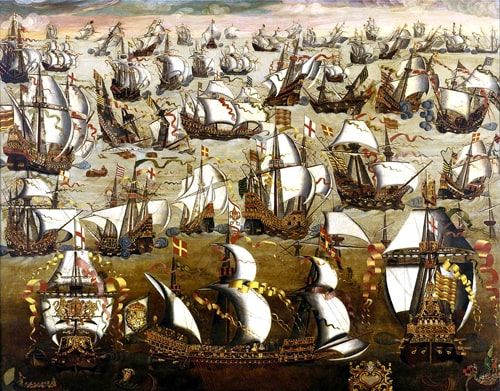The trail of the castaway: the untamed journeys of Francisco de Cuéllar
One of the survivors aboard the Lavia, which sank together with the Juliana and Santa María de Visón in Sligo, in the north of Ireland, was Captain Francisco de Cuéllar, author of the well-known missive to Philip II "Letter from one who was in the English Armada and who tells of the Journey".





